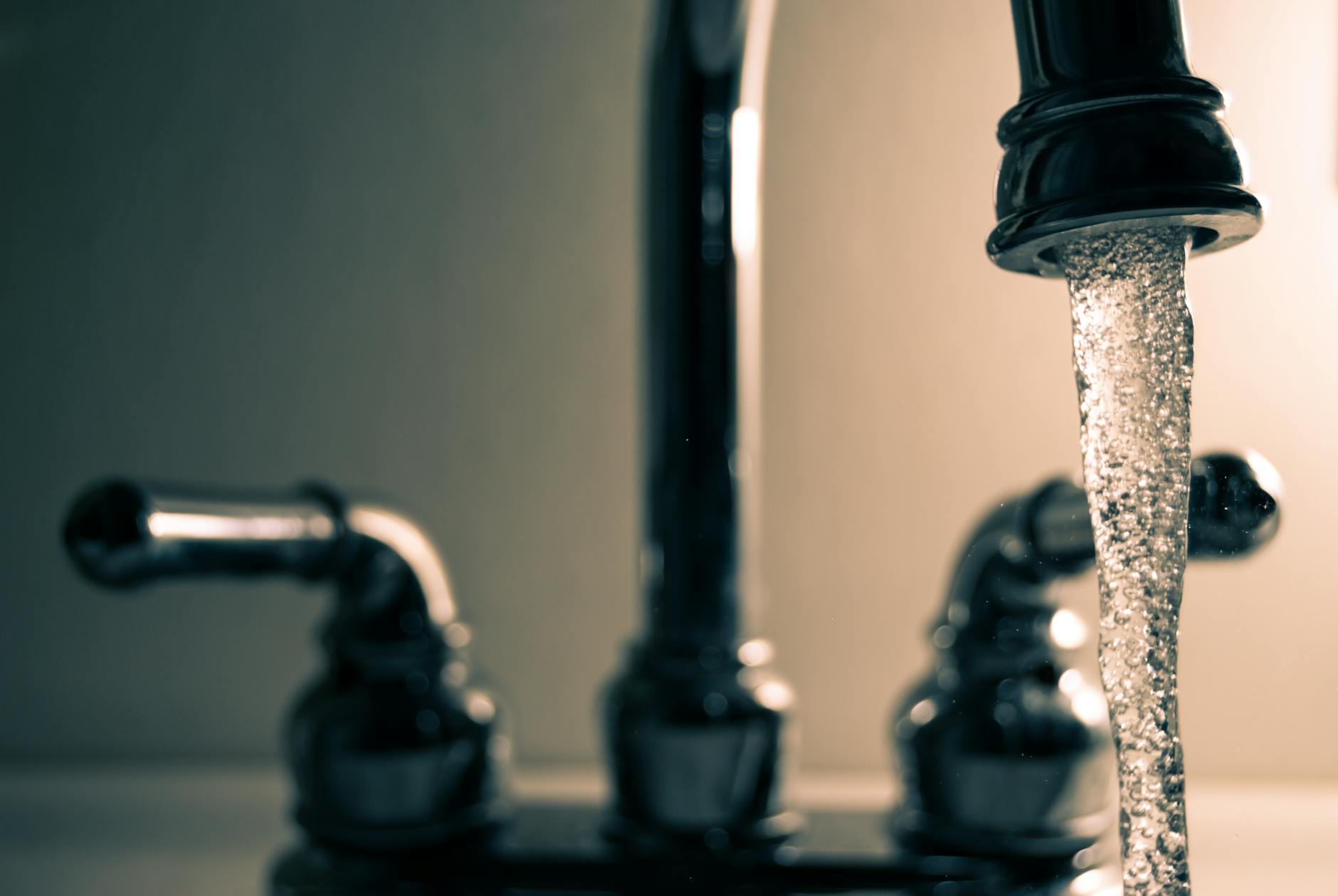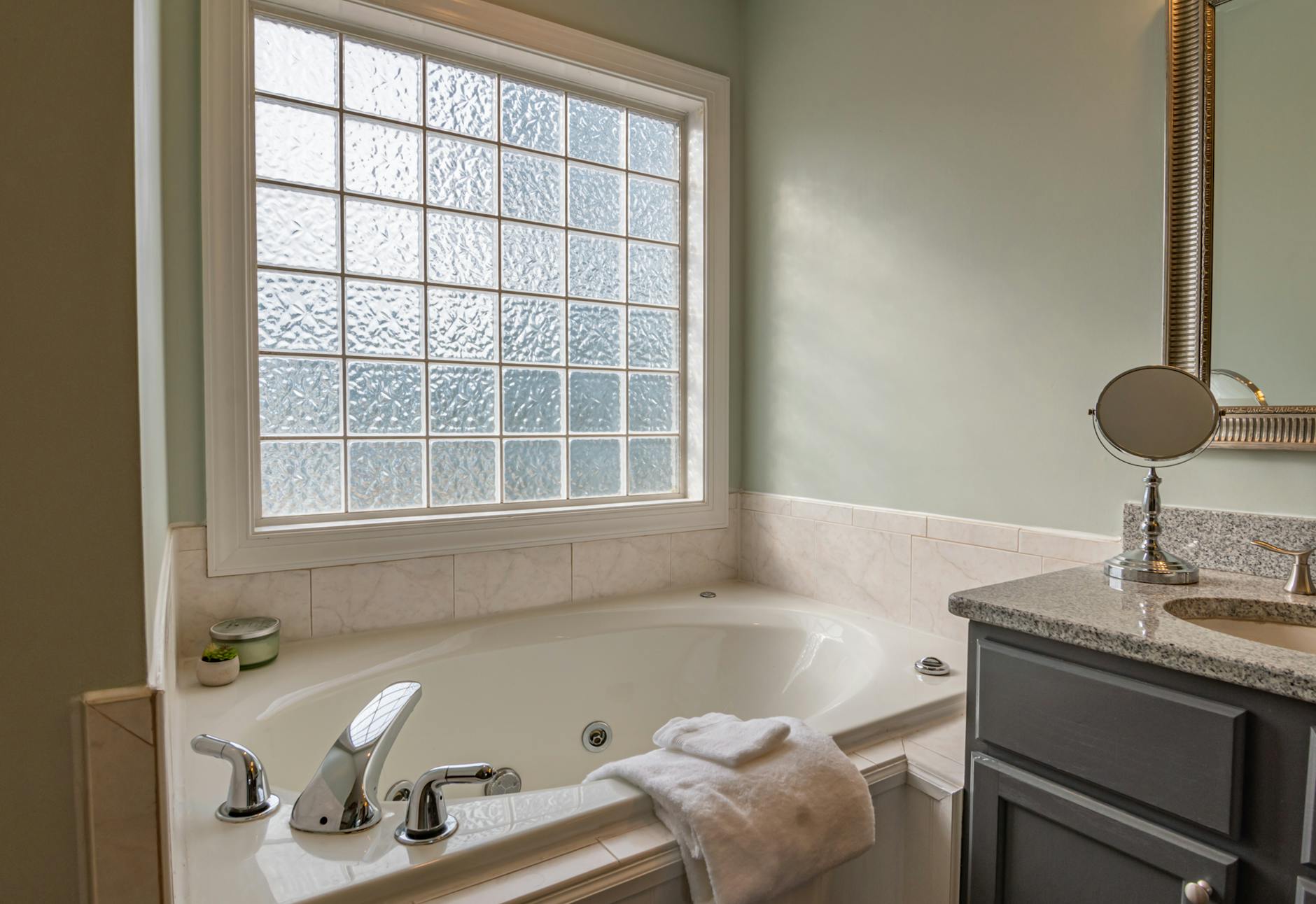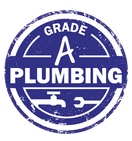Ignoring subtle plumbing problems can lead to expensive and stressful repairs down the road. Small signs, like slow drains or discolored water, are often easy to overlook but could indicate much bigger problems hidden in your pipes. Catching these early saves you money, prevents water damage, and keeps your home safe. In this post, you’ll learn how to identify these warning signs and what steps to take before they escalate. Think of it as protecting your home from the inside out—starting now.
Common Signs of Hidden Plumbing Problems
Plumbing problems don’t always announce themselves with a flood in your bathroom or a burst pipe. Many issues lurk behind walls, floors, or ceilings, quietly wreaking havoc until the damage escalates. Ignoring subtle signs can turn a small problem into an expensive nightmare. Here are the most frequent indicators that your plumbing problems might need attention before disaster strikes.
Unusual Water Bills
If your water bill suddenly skyrockets without a noticeable change in your water usage, this could point to a hidden leak. Plumbing leaks, even small ones, can waste gallons of water every day. For example, a dripping faucet can waste about 3,000 gallons annually, but a hidden pipe leak could do even worse damage silently. Compare recent bills to past ones – any unexpected increases might mean a deeper investigation is needed.
Discoloration on Walls and Ceilings
Notice bubbling paint, brownish stains, or discolored spots on your walls or ceilings? These are red flags for water damage caused by plumbing leaks. Moisture trapped behind paint or drywall usually showcases itself with unsightly marks and is often accompanied by a musty odor. Left unchecked, these leaks can lead to mold growth, structural damage, and peeling wallpaper. Don’t ignore these subtle, visual warnings.

Low Water Pressure
A sudden drop in water pressure might suggest something more than a clogged aerator in your faucet. It can indicate sediment buildup, a damaged pipe, or even a major leak in your home’s plumbing system. Consistent low pressure throughout the house usually hints at a broader issue. Don’t brush it off – lower pressure could mean your pipes are compromised and need attention sooner rather than later.
Sewer Odors
Foul smells drifting into your home? That sewage-like odor could mean something is wrong with your plumbing’s venting system or a dry P-trap. Sewer gas escaping through bad seals or cracked pipes isn’t just unpleasant – it’s hazardous to your health. Addressing these smells quickly can save you from significant issues and prevent you from dealing with dangerous gases or harmful bacteria.
Unusual Sounds or Bubbling Noises
Ever hear gurgling sounds coming from your pipes or toilets? That’s not normal. These noises often occur when there’s trapped air in the plumbing or a clog obstructing proper drainage. Bubbling sounds can also indicate that a pipe is struggling with a blockage as water tries to flow past it. It’s like plumbing trying to warn you about an issue before it worsens.
Stay alert to these warning signs, and don’t underestimate small issues. Getting ahead of plumbing problems saves you the hassle and cost of emergency repairs later. Keep investigating, and if you’re unsure about the source of a problem, consulting a professional plumber is the best move.
Causes Behind Hidden Plumbing Problems
Plumbing problems often start out small and unnoticed. Over time, they escalate, turning into costly repairs and possible damage to your home. Understanding the causes behind these hidden issues can help you take action early and avoid headaches down the road.
Corroded Pipes
Aging pipes are like time bombs in your plumbing system. Over the years, materials such as copper or galvanized steel can corrode and weaken due to constant exposure to water and air. Rust forms, gradually eating away at the integrity of your pipes. This often leads to leaks, reduced water pressure, or discolored water coming from your faucets. Seeing reddish or brown-tinted water? Consider it a red flag for rust or corrosion in your plumbing. Corroded pipes are especially common in older homes, making regular inspections essential.

Clogs and Blockages
Think of your drains and sewer lines as highways for water flow. But when debris like grease, soap scum, and hair start piling up, traffic slows down. Over time, these clogs can become massive blockages, leading to slow drainage or even total backups. Kitchen sinks are particularly prone to grease buildup, while bathroom drains often suffer from soap and hair accumulation. If you notice water pooling around your feet during a shower, it’s not something to ignore—a clog may be forming deeper within your plumbing system.
Tree Root Intrusion
Tree roots are naturally drawn to sources of moisture, and your underground pipes are a tempting target. These roots can infiltrate pipes through small cracks or joints, steadily growing and causing serious damage. The result? Blockages, leaks, or even pipe bursts. If you’ve noticed soggy patches of grass above your plumbing lines, tree roots could be the cause. This issue is especially common in older neighborhoods with large, well-established trees.
Shifting Foundations
Ground movement doesn’t just affect your home’s structure; it takes a toll on your plumbing too. Changes in the soil due to natural settling, earthquakes, or heavy construction nearby can misalign or even crack your pipes. Misaligned pipes are more prone to leaks, while cracked pipes can lead to significant water loss. This is why homes in areas with high seismic activity should pay extra attention to their underground plumbing systems.
High Water Pressure
Who doesn’t love strong water pressure? However, what feels great in the shower can wreak havoc on your plumbing. Excessive water pressure puts stress on pipes and fixtures, increasing the risk of leaks or even bursts. Sometimes, homeowners inadvertently increase water pressure to improve flow, not realizing it’s straining their system. A pressure gauge can help you monitor this; anything above 60 psi is generally considered too high for residential plumbing.
Spotting these causes early can prevent expensive repairs and keep your plumbing system running smoothly. Understanding what’s happening behind your walls and under your floors is the first step in maintaining a healthy home. Remember, plumbing problems only get worse with time, so addressing these hidden issues now means saving money—and headaches—later.
Diagnostic Tools and Techniques for Unseen Plumbing Issues
Diagnosing hidden plumbing issues can feel like solving a mystery. The clues are often hidden behind walls, under floors, or deep underground, but the tools used to uncover them are nothing short of cutting-edge. From inspection cameras to thermal imaging, modern plumbing techniques allow for efficient and non-invasive solutions. Let’s dive into how these tools work and why they’re game-changers for spotting unseen plumbing problems before they become costly repairs.
Use of Inspection Cameras
Inspection cameras, often referred to as sewer or pipe cameras, have revolutionized plumbing diagnostics. These highly flexible cameras are equipped with LED lights and can navigate through tight, dark spaces, such as your home’s plumbing system. Plumbers use them to visually inspect pipes for cracks, corrosion, or blockages without tearing into walls or floors.
What’s truly amazing is their ability to pinpoint trouble spots with real-time video footage. This not only saves time but also eliminates guesswork, allowing for targeted repairs. Think of it as giving plumbers X-ray vision—except it’s your plumbing system they’re seeing.

Moisture Meters and Leak Detectors
Hidden leaks can lead to severe damage if undetected. Moisture meters and electronic leak detectors are essential tools for identifying these problems. Moisture meters measure the water content in walls, floors, and ceilings. When abnormal levels are found, it’s often a sign that water is seeping where it shouldn’t.
Electronic leak detectors, on the other hand, use sound amplification to locate the exact spot of a leak. By detecting subtle changes in sound frequencies, these tools help plumbers zero in on problems without unnecessary disruption. It’s like having a metal detector for water leaks—precise, efficient, and incredibly helpful.
Pressure Testing
Pressure testing is a classic yet effective method for identifying weaknesses or leaks in your plumbing system. Here’s how it works: plumbers seal the system and pump it with air or water at a specific pressure. A drop in pressure indicates that there’s a leak somewhere in the pipeline.
This testing is particularly useful for new installations or when assessing older systems that might have wear and tear. It’s a proactive way to ensure your plumbing is performing as it should. If your home has experienced foundation shifts or has older pipes, pressure testing can uncover issues before they spiral out of control.
Listening Devices
If you’ve ever put your ear to the wall to hear water running, you’ll understand the basic concept behind listening devices. These sophisticated tools amplify even the faintest sounds of water movement—making it possible to hear leaks or hidden water flows deep within walls or concrete slabs.
For plumbers, listening devices are akin to a stethoscope for your home. They allow pinpoint precision, even in challenging places. If a pipe is making tiny, telltale noises, these devices will pick it up and direct plumbers straight to the issue.
Thermal Imaging Cameras
When it comes to spotting concealed water leaks, thermal imaging cameras are a plumber’s secret weapon. By detecting temperature differences in walls, floors, and ceilings, thermal cameras reveal areas where water is causing damage—often before it becomes visible to the naked eye.
The technology works like this: water leaks often cool or heat surrounding areas, and the camera translates these differences into a thermal image. Darker spots might indicate leaks near cold water pipes, while warmer spots can signify hot water leaks or even insufficient insulation.
This type of imaging is invaluable for preventing small leaks from becoming large-scale problems. Plus, it’s completely non-invasive, meaning there’s no need for destructive investigations to identify the issue.
These modern tools and techniques make diagnosing hidden plumbing issues faster, accurate, and far less invasive than traditional methods. With the right equipment, plumbers can detect and address problems early—saving both time and money in the long run.
Preventative Maintenance to Avoid Major Plumbing Issues
Plumbing doesn’t demand attention—until something goes wrong. Preventative maintenance is your best defense against unexpected repairs and costly water damage. By keeping an eye on your system and addressing small concerns before they escalate, you ensure your home’s plumbing stays reliable and functional. Here are actionable strategies to help you stay ahead of plumbing problems.
Regular Plumbing Inspections
You wouldn’t skip regular dental checkups, so why ignore your plumbing? Professional plumbing inspections are one of the most effective ways to prevent major issues. An expert can uncover hidden leaks, corrosion in pipes, or early signs of clogs using specialized tools like cameras and moisture meters.
These appointments don’t just catch problems—they give you peace of mind, too. Look for an annual inspection plan with a trusted local plumber. It’s a small cost compared to tackling water damage or replacing burst pipes. Plus, a pro might spot issues you wouldn’t even think to look for, like improperly connected joints or degrading seals.
Monitor Water Usage
Your water bill can tell you more than how much you’re spending. Unexplained spikes in usage could mean you have a hidden leak lurking in your pipes. Start by comparing your month-to-month bills—have they climbed without a clear reason? Even a dripping faucet or a toilet that runs nonstop can waste thousands of gallons annually.
To identify problems early:
- Check your water meter before and after a two-hour no-use period. If usage increased, there’s likely a leak.
- Keep notes of trends in bills and investigate anything that doesn’t add up.
By monitoring what’s normal and spotting red flags, you’ll catch leaks before they turn into disasters.
Clog Prevention Best Practices
Clogs don’t just slow your day down; they lead to backups, unpleasant odors, and pipe strain. Luckily, avoiding them isn’t rocket science. The way you treat your drains makes a massive difference.
Here’s how you can actively prevent clogs:
- Dispose of grease the right way. Pour it into a container and throw it in the trash—never down the sink.
- Use drain screens or strainers. These handy tools block debris like hair, soap scum, and food scraps from going further into your pipes.
- Flush smart. Only human waste and toilet paper belong in the toilet. Feminine products, “flushable” wipes (which often aren’t), or paper towels create blockages.
Preventative habits can save you the frustration of dealing with clogged pipes—and the cost of calling in a plumber.
Seasonal Maintenance Routines
Your plumbing system is heavily influenced by the seasons. Freezing winter weather can lead to burst pipes, while heavy rains might result in flooding. Each season calls for specific maintenance tasks to prevent problems before they arise.
- Winter: Insulate exposed pipes to prevent freezing. Disconnect outdoor hoses and shut off exterior water supplies.
- Spring: Check for leaks caused by pipe expansion/contraction during temperature shifts. Clear gutters and downspouts to avoid water pooling near your foundation.
- Summer: Test your sprinkler system for leaks or malfunctions. Keep an eye on outdoor water usage to avoid strain on the main supply.
- Fall: Flush your water heater to remove sediment buildup. Prepare your sump pump to handle any potential heavy rainfall.
By aligning maintenance with seasonal risks, you lower the chance of surprises year-round.

Install Advanced Plumbing Fixtures
The right tools can make all the difference when it comes to preventing major issues. Modern plumbing fixtures and devices are designed not just for convenience but also to protect your system from damage.
Here are a few worth considering:
- Pressure regulators: These devices control water pressure to ensure it stays within a safe range, reducing wear on your pipes and fixtures.
- Leak detection systems: Smart leak detectors alert you to potential issues through your phone, helping you catch leaks before they cause damage.
- Low-flow fixtures: These reduce water waste and help conserve resources, all while lowering your water bill.
- Automatic shut-off valves: These cut off the water supply in case of a significant leak, minimizing the extent of damage.
Think of these upgrades as an investment in your home’s long-term happiness—and in peace of mind for you as a homeowner.
Don’t let plumbing maintenance feel like an afterthought. Simple steps now can save you a world of trouble later. Work proactively, and your system will thank you.
Conclusion
Detecting plumbing issues before they escalate can save homeowners from costly repairs and prevent water damage. By staying alert to signs like discoloration, unusual water pressure changes, or strange pipe noises, you’re already ahead in protecting your home.
Regular maintenance and advanced tools like inspection cameras or thermal imaging ensure problems are caught early. Investing time and attention now prevents bigger headaches later—and keeps your plumbing system running smoothly.
If something feels off, don’t wait. Call a professional to assess the situation and safeguard your home’s foundation and peace of mind.
